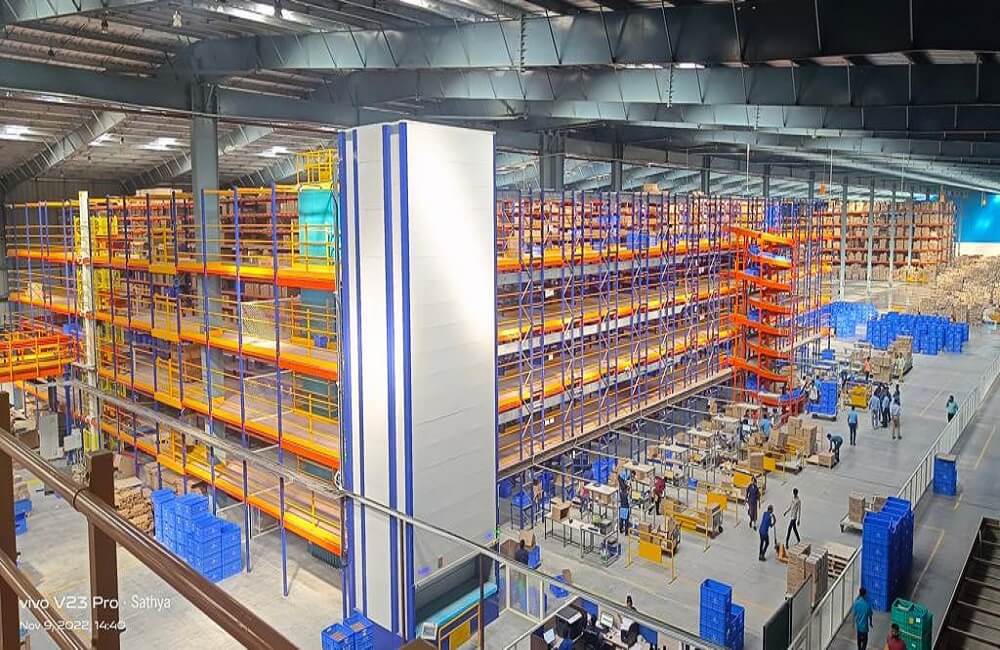As modern technology bridged distances and boundaries, global trade and commerce grew, and businesses across the world increasingly adopted concepts like just-in-time, global and domestic supply chains witnessed nothing short of a revolution.
And while the forward strides continue, global uncertainties and macroeconomic developments have today added new levels of complexities to supply chains. Considering their impact, the push for risk supply chain risk management in the shipping and logistics sector is stronger than ever before.
However, a recent global report suggests that 69% of businesses still do not have the necessary visibility across their supply chains to identify and mitigate risks in their network. 70% of businesses are considering growing their investment in third-party risk management.
This comes as no surprise, because of the significant advantages of risk management.
- Improved business continuity that enables smooth demand and supply flow, enabling better preparedness and minimizing adverse repercussions on the bottom line.
- Better vendor management which leads to collaborative coordination and communication, increasing the potential for cost reduction, increased competitiveness.
- Enhanced efficiencies that are a result of streamlined, optimized supply chain processes and operations.
- Comprehensive view of the supply chain that results into informed, data-driven decisions and better performance.
- Positive organizational image and reputation owing to the commitment to safe, responsible, and sustainable business practices.
Across diverse industry sectors, marquee players tend to partner with reputed logistics services providers like Allcargo Group that can provide single-window solutions and are known for their capabilities to deliver resilience and end-to-end visibility.
Before getting into details of how businesses can leverage these benefits of supply chain risk management and keep shipments moving, it is important to take note of factors that cause risk in the first place.
Any disruption to the supply chain that may harm the organization, business process, revenue, and profitability, or resulting benefit of its products and services, can be considered a risk.
Risks could be geopolitical, environmental, economic, or technological.
Some of the most common risks that supply chains face include labour and union issues, budget or financial constraints, inaccurate demand and supply chain predictions or unprecedented fluctuations, extreme weather conditions or natural disasters, unforeseen events like the global COVID-19 pandemic, political instability and unrest, data or cybersecurity threats, and many others.

Supply chain and logistics risk management involves a simple 4-step process
- Identify risks – Analyse past patterns, carefully observe current situations, and assess future risk by considering learnings from the past, attention to detail, and integration of relevant technology to gain insights from vast amount of data.
- Risk score – Depending on the likelihood of the risk actually occurring at each location, facility, and office, as well as the quantum of impact it would have on the supply chain if it happens, and assign risk scores. This technique effectively brings to fore those risks which require immediate attention, and allows for appropriate prioritization.
- Response strategies – Go over all the what-if scenarios possible in context of the risks, and prepare continuity strategies and contingency plans. Carry out training programs and sessions so all relevant stakeholders are aware and equipped to respond in a safe, well-planned manner, should the risk situation be faced.
- Supply Chain Risk Management plan – Develop a thorough and well-documented plan based on information and insights from the above steps. Use of the right digital tools and software that employ technologies like Artificial Intelligence and Machine Learning will significantly reduce errors, enable accurate identification and analysis of vulnerabilities, and generate rich insights to take the right decisions.
There are multiple ways in which logistics and supply chain risks can be mitigated to a reasonable extent. While each organization is unique and should develop a plan aligned with its business operations and activities, there are certain basic factors that can be considered. The PPRR model is an excellent example.
Prevention – Proactive ways to identify risks and proactively take steps to minimize the likelihood of their occurrence.
Preparedness – Identify key stakeholders, devise communication plan and flow, establish a disaster response task force or committee, and share a detailed plan of action to be implemented in the face of a crisis.
Response – Be flexible, and agile to reroute shipments, modify and diversify resource allocation, and swiftly move into action by maintaining effective, open communication channels.
Recovery – Assess damage, take corrective action, monitor progress during the phase of coming back to normalcy, and document learnings for future reference and guidance.
Logistics and supply chain risk management should be integral to the overall business strategy, because its benefits like optimal operations, better customer satisfaction, and resulting strong market position far outweigh the investment it demands in terms of time, effort, and resources.



